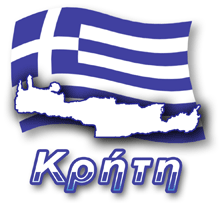
The Greek flag which flutter on December 1, 1913 above the fortress of Frikas in Chania, was a tangible proof of how strong ties link Crete to continental Greece. Despite hundreds of years of dependence on other superpowers, the Cretans never gave up their culture and their traditions. Although they adopted some of the norms imposed on them by the occupiers, with time they adopted them as their own, but in the end all attempts of greater assimilation were explicitly rejected by them.
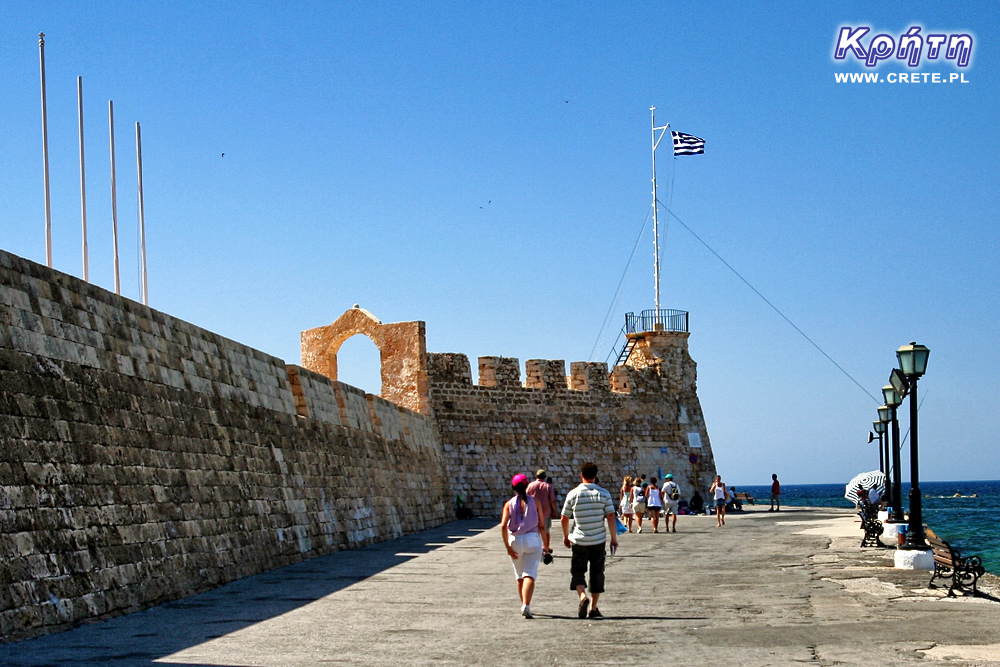
Over the 465 years of Venetian rule, and more than two centuries of presence of Ottoman troops in Crete, the occupants have never been able to feel too confident on this island. The successive uprisings of the Cretans, emphatically reminded those who are the true hosts of these lands. Despite the fact that most of the rebellions were bloodily suppressed, the inhabitants of the island never abandoned their thoughts of finally freeing themselves from the yoke of slavery.
In the end, after many centuries of efforts at the turn of the eighteenth and nineteenth centuries, there was a chance to conduct a successful uprising, which eventually opened the way to freedom and unity with Greece. Until the end, Turkish troops tried to suppress these national uprisings. However, the weakened Ottoman Empire could not remain deaf to the international indignation caused by these brutal interventions by the Turks.
Finally, at the end of 1898, as a result of pressure from European powers, Crete gained the status of autonomy under the pretense of the Ottoman Empire. As a result of the intervention carried out by international forces, the Turkish army is forced to withdraw from the territory of the island. That same year, in the beginning of December, Prince Grzegorz was appointed the supreme commissar. This symbolic moment can be considered the definitive end of the Ottoman Empire's rule in Crete.
 Spiros Kayales - one of the heroes, whose actions have brought the unification of Crete with Greece closer.
Spiros Kayales - one of the heroes, whose actions have brought the unification of Crete with Greece closer.
Over several consecutive years have shown that the road to real unity with Greece is still a distant prospect. In 1908, the Cretan deputies, using the turmoil prevailing in Turkey, announced the unilateral conclusion of the union with Greece. The current Cretan autonomy flag was replaced by the Greek one, and the Greek constitution was the overarching document regulating all rights. The entire international arena, including Greece, which is party to this act, did not recognize its validity. Crete was still considered an autonomous state independent of Greece. It was not until 1912 that Greece recognized the relationship with Crete, and on December 1, 1913, the official ceremony of the union was organized. It was on this day that the Greek flag, symbolizing the unification of Greece and Crete, was pulled over to the fortress of Frikas in Chania.
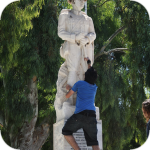
On October 6, 1908, the Republic of Crete declared independence. May 30, 1913 was included in Greece. In 1941, during the Second World War, the island was a scene of a fierce battle between the German paratroopers and the Allied troops defending it.
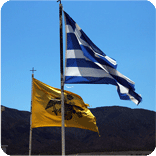
Early on the morning of October 28, 1940, at about 3 o'clock, just after the end of the sumptuous banquet that took place at the German embassy, Emanuele Grazzi went to the house of Joanis Metaksas. The Italian ambassador gave the Greek Prime Minister an ultimatum that contained a number of demands. Among them were the possibility of free passage of Italian troops to the Greek-Albanian border, control over airports, ports and other strategic places located on the territory of Greece.
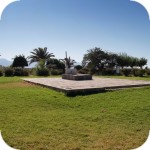
Crete has always had a special place in the heart of Nikos Kazantsakis. Born on February 18, 1885 in Heraklion, thanks to the care of his parents, he came a long way to becoming one of the most important writers of contemporary Greek literature. Always faithful to his passions and beliefs, he rarely counted on the opinions of other people. In his life, he pointed to dreams and journeys as one of the greatest inspirations, which in 1957 contributed to the fact that the history of his life and work ended.
Komentarze
Wypełnij poniższy formularz aby dodać komentarz